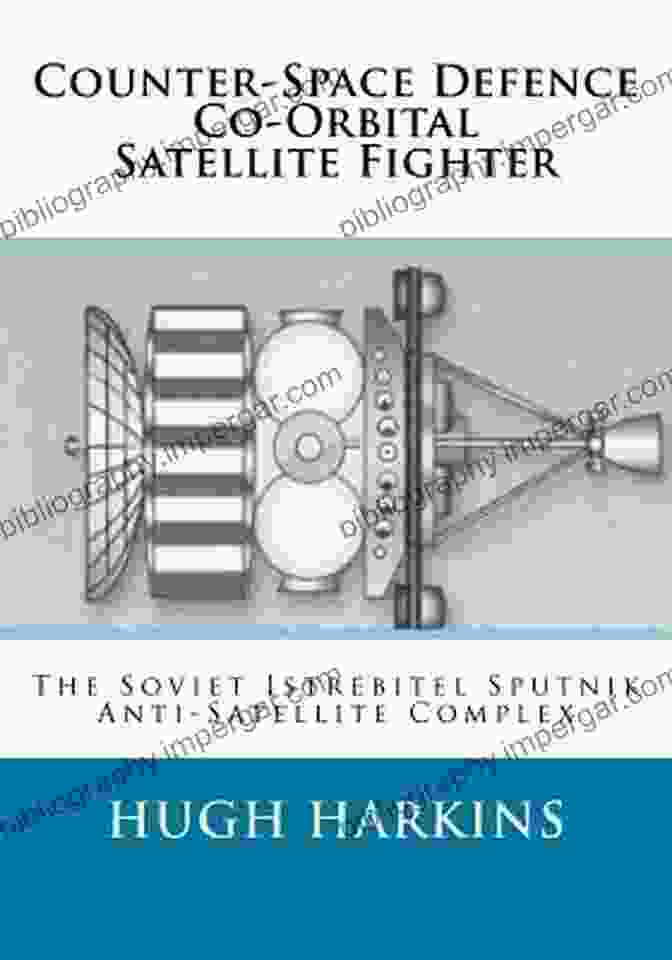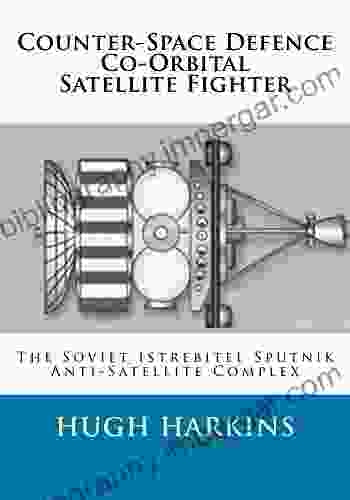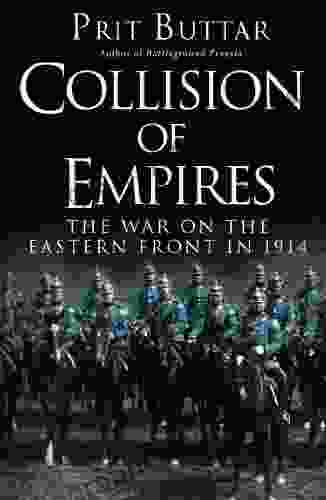Unveiling the Soviet Istrebitel Sputnik Anti-Satellite Complex: A Technological Masterpiece of the Cold War


The Soviet Istrebitel Sputnik Anti-Satellite Complex (ASAT) was a revolutionary weapon system developed by the USSR during the Cold War. Designed to destroy enemy satellites in orbit, the Istrebitel Sputnik represented a significant technological advancement and raised serious concerns about the potential for orbital warfare. This article delves into the history, technical specifications, and geopolitical implications of this remarkable weapon system.
Historical Context
The Cold War was marked by intense rivalry between the United States and the Soviet Union, particularly in the realm of space exploration. The launch of Sputnik 1 by the Soviets in 1957 triggered a space race, with both superpowers vying for technological superiority. As the US and USSR developed satellite systems for communication, reconnaissance, and military purposes, the need for a system to counter these assets became apparent.
4.3 out of 5
| Language | : | English |
| File size | : | 1746 KB |
| Text-to-Speech | : | Enabled |
| Screen Reader | : | Supported |
| Enhanced typesetting | : | Enabled |
| Word Wise | : | Enabled |
| Print length | : | 64 pages |
Technical Specifications
The Istrebitel Sputnik was a two-stage rocket system. The first stage, the UR-100K rocket, launched the satellite into orbit. The second stage, the R-36 missile, carried the warhead designed to intercept and destroy enemy satellites. The warhead consisted of a nuclear charge, which would detonate upon impact, creating a large electromagnetic pulse (EMP) to disable the target satellite.
The Istrebitel Sputnik was highly accurate, capable of intercepting targets at altitudes ranging from 400 to 1,200 kilometers. It had a kill radius of approximately 1 kilometer, ensuring the destruction of even large satellites. The system was also highly mobile, allowing for rapid deployment to various launch sites.
Deployment and Testing
The Istrebitel Sputnik was deployed at two sites in the Soviet Union: Baikonur Cosmodrome in Kazakhstan and Plesetsk Cosmodrome in northern Russia. The first test of the system was conducted in 1973, successfully destroying the Kosmos 248 satellite. Over the next decade, the Soviets conducted several more tests, further refining and improving the system's capabilities.
Geopolitical Implications
The development and deployment of the Istrebitel Sputnik had significant geopolitical implications. It raised concerns about the potential for orbital warfare, where satellites could be used as weapons or targeted by enemy ASAT systems. The US, in particular, saw the Istrebitel Sputnik as a threat to its satellite-based communication and reconnaissance systems.
The Istrebitel Sputnik also highlighted the importance of space dominance in the emerging information age. Satellites provided crucial information for military and civilian purposes, making them highly valuable assets. The ability to destroy enemy satellites could provide a strategic advantage in conflicts.
Legacy and Impact
The Soviet Istrebitel Sputnik Anti-Satellite Complex remains a significant technological achievement. It demonstrated the USSR's advanced capabilities in rocketry and nuclear weapons development. Although the system was never used in combat, its presence in the Soviet arsenal influenced the space race and the geopolitical dynamics of the Cold War.
The Istrebitel Sputnik also paved the way for the development of future ASAT systems. Today, several countries, including the US, Russia, China, and India, possess operational or under-development ASAT capabilities. The proliferation of ASAT systems has raised concerns about the potential for satellite debris and the militarization of space.
The Soviet Istrebitel Sputnik Anti-Satellite Complex was a technological marvel that pushed the boundaries of space warfare during the Cold War. Its development and deployment showcased the USSR's determination to maintain superiority in the space domain. The Istrebitel Sputnik's legacy continues to shape geopolitical dynamics and raises important questions about the future of space exploration and the potential for conflict beyond Earth's atmosphere.
4.3 out of 5
| Language | : | English |
| File size | : | 1746 KB |
| Text-to-Speech | : | Enabled |
| Screen Reader | : | Supported |
| Enhanced typesetting | : | Enabled |
| Word Wise | : | Enabled |
| Print length | : | 64 pages |
Do you want to contribute by writing guest posts on this blog?
Please contact us and send us a resume of previous articles that you have written.
 Book
Book Novel
Novel Page
Page Chapter
Chapter Text
Text Story
Story Genre
Genre Reader
Reader Library
Library Paperback
Paperback E-book
E-book Magazine
Magazine Newspaper
Newspaper Paragraph
Paragraph Sentence
Sentence Bookmark
Bookmark Shelf
Shelf Glossary
Glossary Bibliography
Bibliography Foreword
Foreword Preface
Preface Synopsis
Synopsis Annotation
Annotation Footnote
Footnote Manuscript
Manuscript Scroll
Scroll Codex
Codex Tome
Tome Bestseller
Bestseller Classics
Classics Library card
Library card Narrative
Narrative Biography
Biography Autobiography
Autobiography Memoir
Memoir Reference
Reference Encyclopedia
Encyclopedia Kim Flottum
Kim Flottum Francine Hirsch
Francine Hirsch Evdokia Anagnostou
Evdokia Anagnostou Fiona Grist
Fiona Grist Joani Geltman
Joani Geltman Ray Walker
Ray Walker Fenton Johnson
Fenton Johnson Gary Parker
Gary Parker Richard Bromfield
Richard Bromfield Vladimir Sergeyevich Solovyov
Vladimir Sergeyevich Solovyov Keith Gilyard
Keith Gilyard Ronald Williams
Ronald Williams Guodong Chen
Guodong Chen Frederick Turner
Frederick Turner Master Sommelier Randa Warren
Master Sommelier Randa Warren Gabriele Schwab
Gabriele Schwab Linda Zimmermann
Linda Zimmermann Torben M Andersen
Torben M Andersen John Odonnell Rosales
John Odonnell Rosales Ram J Singh
Ram J Singh
Light bulbAdvertise smarter! Our strategic ad space ensures maximum exposure. Reserve your spot today!

 Maurice ParkerEpidemics and the Modern World: A Comprehensive Guide to the Past, Present,...
Maurice ParkerEpidemics and the Modern World: A Comprehensive Guide to the Past, Present,...
 Warren BellUnveiling the Plight of the Nigerian Masses: An Insight into "Agonies of the...
Warren BellUnveiling the Plight of the Nigerian Masses: An Insight into "Agonies of the...
 D'Angelo CarterUnveiling the Lyrical Masterpieces of Persia: A Poetic Journey through the...
D'Angelo CarterUnveiling the Lyrical Masterpieces of Persia: A Poetic Journey through the... Cason CoxFollow ·7.3k
Cason CoxFollow ·7.3k Kurt VonnegutFollow ·19.8k
Kurt VonnegutFollow ·19.8k Mark TwainFollow ·4.5k
Mark TwainFollow ·4.5k Francis TurnerFollow ·2.4k
Francis TurnerFollow ·2.4k Denzel HayesFollow ·18k
Denzel HayesFollow ·18k Richard AdamsFollow ·10k
Richard AdamsFollow ·10k Vincent MitchellFollow ·8.2k
Vincent MitchellFollow ·8.2k Jarrett BlairFollow ·19.8k
Jarrett BlairFollow ·19.8k

 Alexander Blair
Alexander BlairBecoming Sports Agent Masters At Work: The Ultimate Guide
What is a Sports...

 Xavier Bell
Xavier BellUnveiling the Enchanting World of Upper Bohemia: A Review...
A Captivating...

 Chris Coleman
Chris ColemanUnveiling the Secrets: Extreme Rapid Weight Loss Hypnosis...
In the relentless pursuit of a slimmer,...
4.3 out of 5
| Language | : | English |
| File size | : | 1746 KB |
| Text-to-Speech | : | Enabled |
| Screen Reader | : | Supported |
| Enhanced typesetting | : | Enabled |
| Word Wise | : | Enabled |
| Print length | : | 64 pages |












